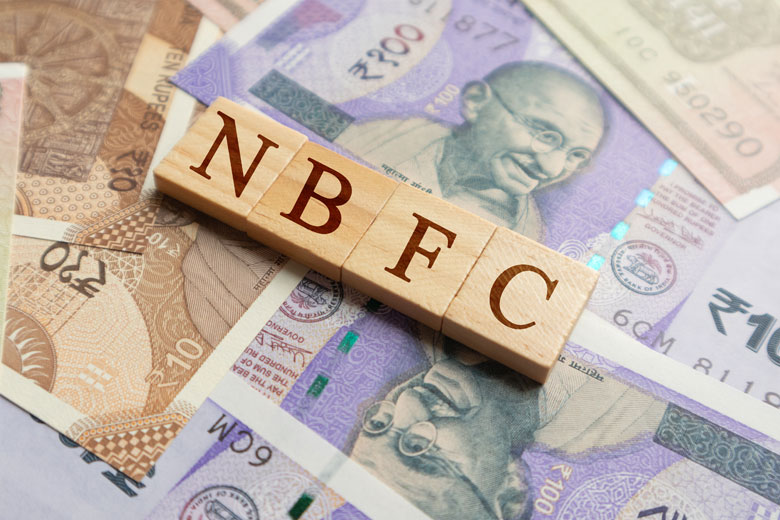The difficulties faced by some of the non-banking finance companies (NBFCs) from avenues such as commercial paper have led to a buoyancy in the country’s securitisation market.
Securitisation is the process where a lender sells its receivables from a loan or a pile or loans such as auto, home or credit cards. Debt instruments called pass through certificates (PTCs) are issued against these receivables, thus enabling the entity to convert them into liquid assets.
According to Icra, non-banks and housing finance companies (HFCs) have raised funds of around Rs 1.57 lakh crore through securitisation in the first nine months of this fiscal, up from Rs 1.44 lakh crore in the same period of the previous year.
The credit rating agency added that the domestic securitisation market is witnessing another good year in terms of issuance volumes as NBFCs and HFCs continue to rely heavily on this route for raising funds and managing liquidity and asset liability (ALM) mismatch.
The rating agency added that in the third quarter of 2019-20. the securitisation volumes stood at Rs 47,000 crore and that the sustained increase in sell down volumes reflects the continuing liquidity squeeze since September 2018.
Abhishek Dafria, vice-president and head — structured finance ratings at Icra, said that the size of the securitisation market is likely to cross the Rs 2 lakh crore mark for this fiscal which would be an all-time high.
He pointed out that while the volumes in the third quarter have been high, the market has faced some headwinds because of muted growth in the NBFCs’ books which reduces the eligible assets available for sale.
“The liquidity challenges being faced by the NBFCs and HFCs coupled with a push by the Government of India through the extension of its partial credit guarantee (PCG) scheme as well as extension on relaxation of minimum holding period (MHP) criteria for NBFCs/HFCs for another six months to June 2020 would support the securitisation market,’’ he observed.
The minimum holding period is the time during which an NBFC must hold the asset on its books before selling them. Last month, the cabinet had approved the “partial credit guarantee scheme” for purchase of high-rated pooled assets from financially-sound NBFCs and HFCs.
Under the scheme, state-run banks will be able to purchase high-rated pooled assets from NBFCs and HFCs “with the amount of overall guarantee being limited to first loss of up to 10 per cent of the fair value of assets being purchased by banks, or Rs 10,000 crore, whichever is lower’’.
The sell-down market in India includes three types of transactions – rated PTC transactions, unrated direct assignment transactions (bilateral assignment of pool of retail loans from one entity to another) and rated direct assignment transactions (transactions under the PCG scheme).
The PTC transaction volumes were around Rs 64,000 crore in the first nine months of this fiscal compared with around Rs 71,000 crore for 2018-19. On the other hand, the volumes for DA transactions were around Rs 93,000 crore.










